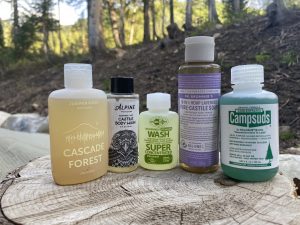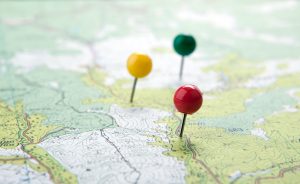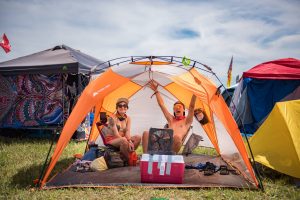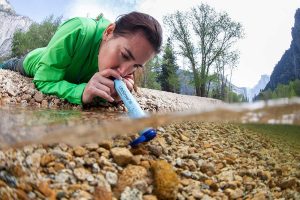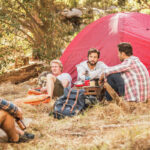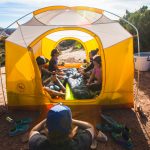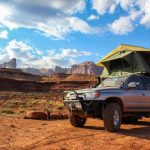Do you want to enjoy the outdoors without leaving a trace? This guide is for you. Leave No Trace outdoor Guide is about how to hike, camp, and travel in nature responsibly. The guidelines are designed to protect your experience of nature as well as the environment that we all share with others. It’s important to be mindful of our impacts on the land and other people while enjoying our time out there
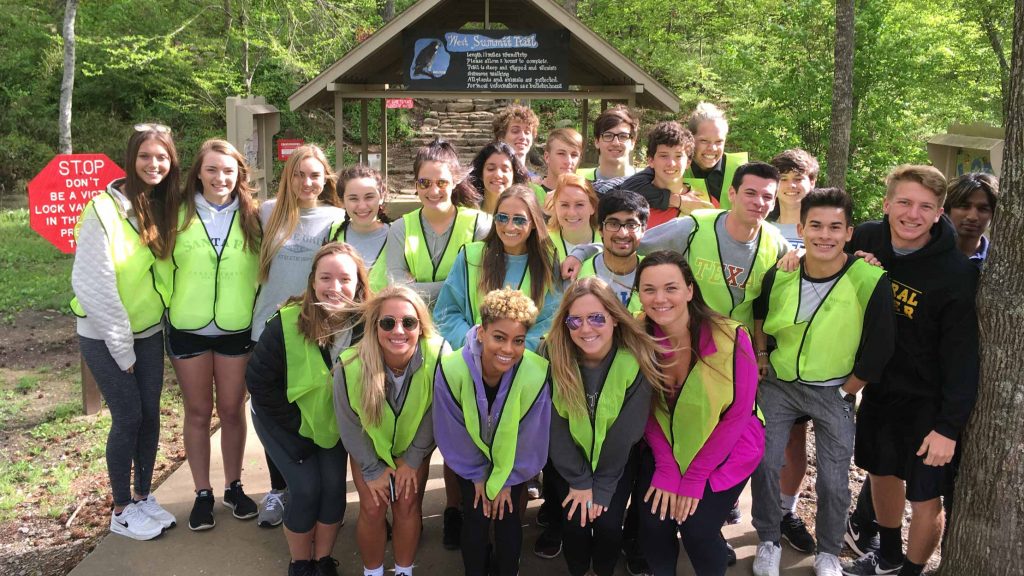
Table of Contents
What is Leave No Trace?
Leave No Trace is a set of principles and practices to help you reduce your impact on the land.
Leave No Trace helps us get outside more, play with minimal damage or disruption to nature’s delicate ecosystems. It also keeps parks and other outdoor areas beautiful for people who come after us. So we can all enjoy these places in safety and peace.
Leave No Trace is not just about the outdoors. The principles apply to all places where you might be, like parks and beaches too. It’s also helpful for things like how we conduct ourselves on social media (the internet) or with our money (business).
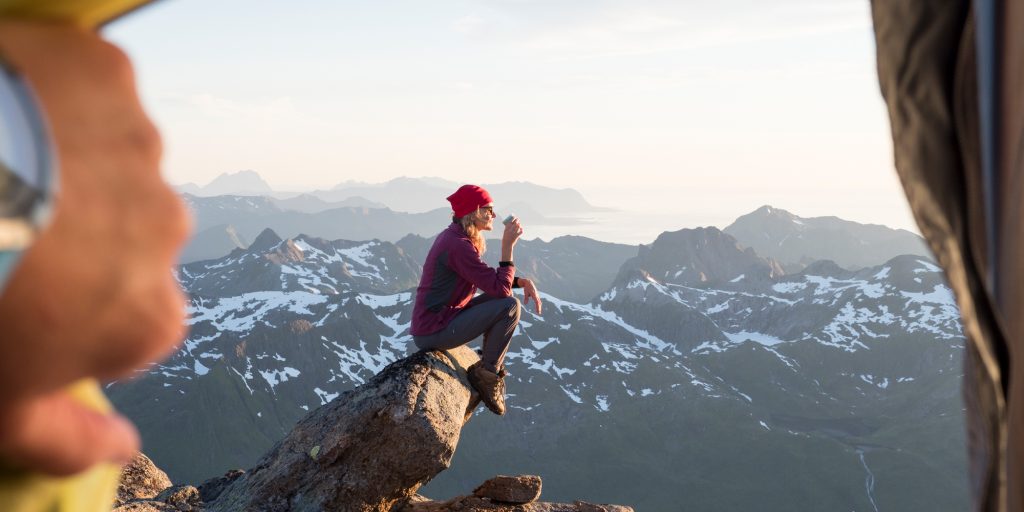
The Seven Leave No Trace Principles
- Plan Ahead and Prepare
- Travel and Camp on Durable Surfaces
- Leave What You Find
- Dispose of Waste Properly
- Minimize Campfire Impacts
- Respect Wildlife
- Be Considerate of Other Visitors
We will provide more information on some of these principles below. For example, we’ll go over how you can travel and camp on durable surfaces so that you don’t damage fragile ecosystems or vegetation. And if you’re curious about camping with fires, we’ll explain how to minimize the impact of your campfire and where you can build a fire if it’s allowed.
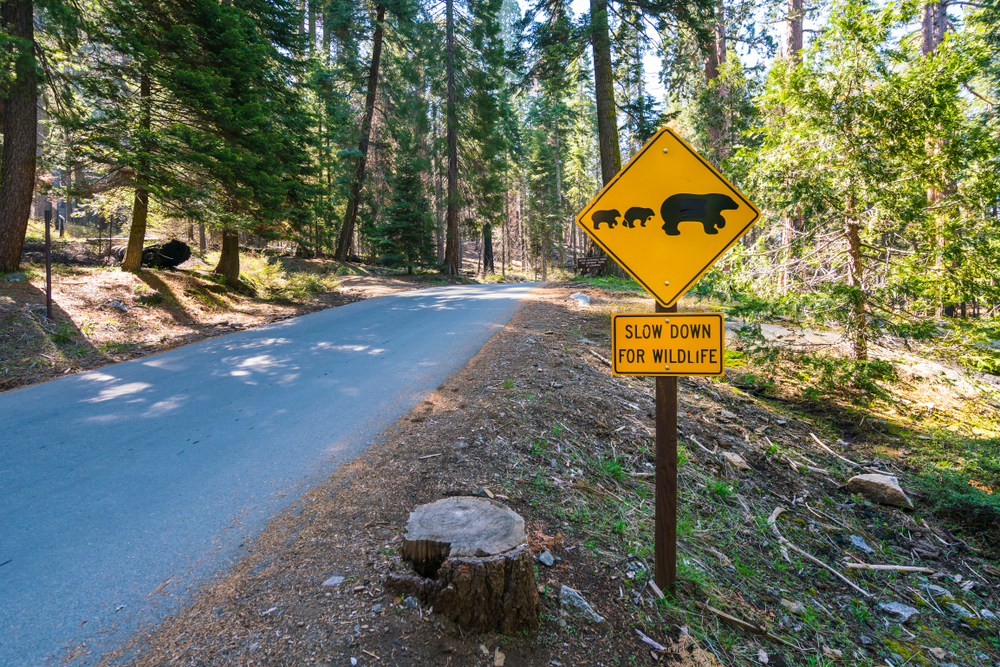
Plan Ahead and Prepare
When you are ready to head out on an adventure, make sure you plan ahead and prepare. This means having the right gear, food, and water for your trip. It also means knowing the proper regulations and obtaining a permit if necessary.
- Prepare for extreme weather and emergencies.
- Schedule your trip to avoid times of high use.
- Visit in small groups when possible. Consider splitting larger parties into smaller groups.
- Repackage food to minimize waste (and save you some money).
- Repackage travel and camping gear to make it easier for you when you are on the go.
- Properly dispose of waste
- We recommend that you camp in established sites or on durable surfaces. You can find these areas by looking for already impacted sites, like large flat spots or campsites with fire rings, rock circles, or other evidence of previous use.
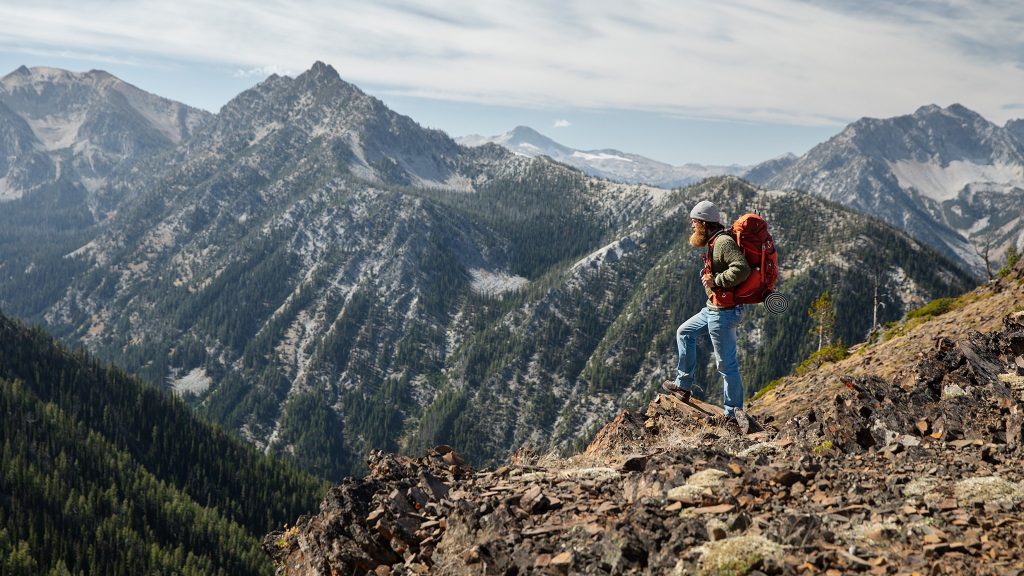
Travel and Camp on Durable Surfaces
Durable surfaces are things like established trails and campsites, rock or dry grasses. If you’re not sure if a surface is durable, it’s best to stay on the trail.
- Don’t trample vegetation (when you walk off established trails, you can damage fragile soils and plants).
- Don’t camp on or near vegetation (you can damage plants and make it harder for them to grow back. And if you’re camping in an area with a delicate ground cover like moss, your gear will tear it up.)
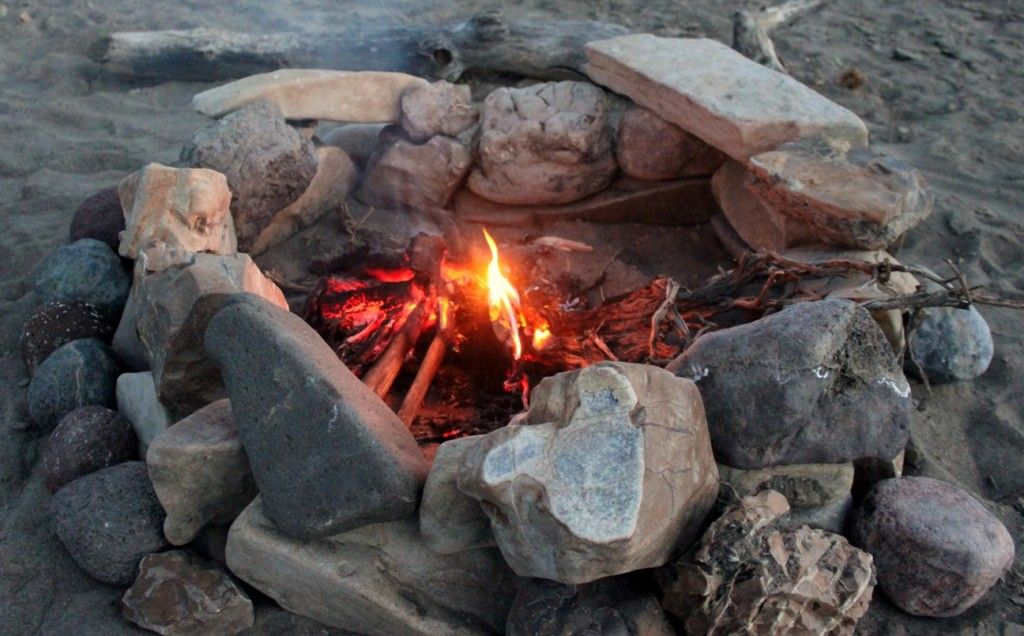
Minimize Campfire Impacts
Campfires can cause lasting impacts to the environment and other visitors. If you are camping in a place where fires are allowed, use established fire rings.
Build your campfire away from overhanging branches and shrubs (you don’t want to catch anything on fire).
- Campfires should be small and manageable so they produce as little impact as possible.
- Keep fires away from overhanging branches or brushes to avoid starting a fire that could spread easily.
- Do not scar the landscape by using an oversized pit or ring (trenches or crescent-shaped fire rings are better).
- Keep fires small. Only use sticks from the ground that can be broken by hand.
- Burn all wood and coals to ash, put out campfires completely, then scatter cool ashes before leaving an area (this is especially important if you plan on returning).
Note: Never Leave a Fire Unattended!

Dispose Waste Properly
This includes everything from litter to your toilet paper. And, yes, you should pack out all of it!
- Use biodegradable soap to wash or dishes and wipe off with a small amount of water.
- Pack out all trash and toilet paper (you can bury it in a cat hole deep enough so that animals won’t dig it up).
- Minimize the use of soap, shampoo, or toothpaste near bodies of water to protect the plants and wildlife there.
- Do not throw food scraps off backcountry trails or picnic areas (animals will smell it and come looking for more).

Be Considerate of Other Visitors
This means following the golden rule: “Treat others as you would like to be treated.” Hikers, bikers, anglers, hunters, bird watchers… no matter what kind of recreationist you are there is always someone else there to share the land with.
- Do not create loud noises (when in doubt, whisper).
- Avoid areas of conflict when possible. For example, if you see a lot of litter near an area that’s been designated for camping or picnicking then find another campsite away from this impact. When in doubt about staying on the trail, stay on the trail.
- Trailhead, Trailside and Backcountry Camping Rules & Regulations
- Obey all signs at a specific location or area where you are visiting. For example, if there is a sign that says “No Campfires Beyond This Point” then you should not have a campfire beyond this point because it’s what the land managers want.
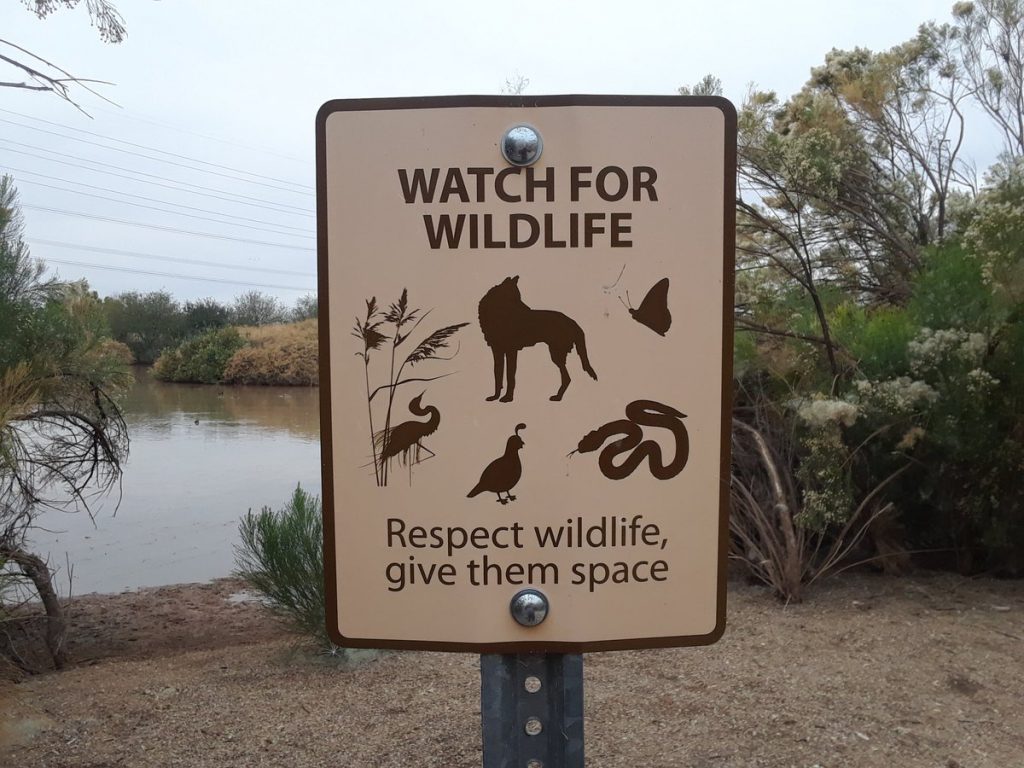
Respect Wildlife
Respect wildlife by keeping your food tied up securely in a bag when you’re not actively using it. It’s also best to only hike during the day and make noise while you are walking so that animals can hear you coming from far away. If an animal approaches, move out of its way slowly but don’t run or approach it.
- Never feed wildlife: (it’s really not a good idea to try and “play” with wild animals).
- Store food securely by tying it up in trees: This is called bear bagging or hanging your food (not all parks allow this, so be sure to check the regulations before you leave for your trip). If there are bears around, store your food and trash in a bear-proof container (or as far away from your campsite as possible).
- Pack out all garbage: This is especially important if you’re camping somewhere that doesn’t have receptacles for waste disposal, like a wilderness area or trailhead.
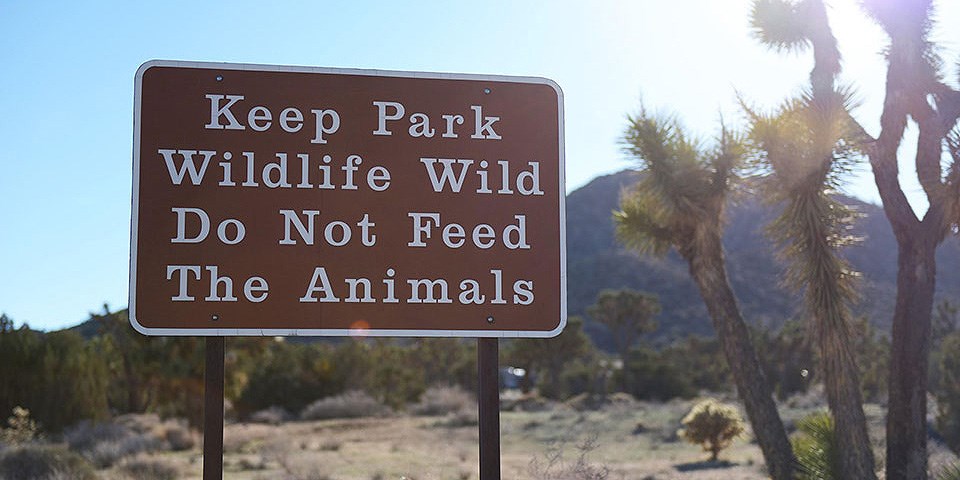
Leave What You Find: Minimize Site Alterations
When you leave an area, it should look the same or better than how you found it. This is called “leave no trace” and by following this philosophy on your trip, you can help keep trails open to everyone who wants to visit them in the future.
- Take pictures of what you see so that when people return they can see what the place used to look like before they got there.
- Avoid damaging live plants and animals (including their homes).
- Leave rocks, plants, and other natural objects as you find them.
- Don’t build structures or dig trenches to “improve” the site. If you need a fire ring for your campfire, use an existing one instead of digging out a new pit.
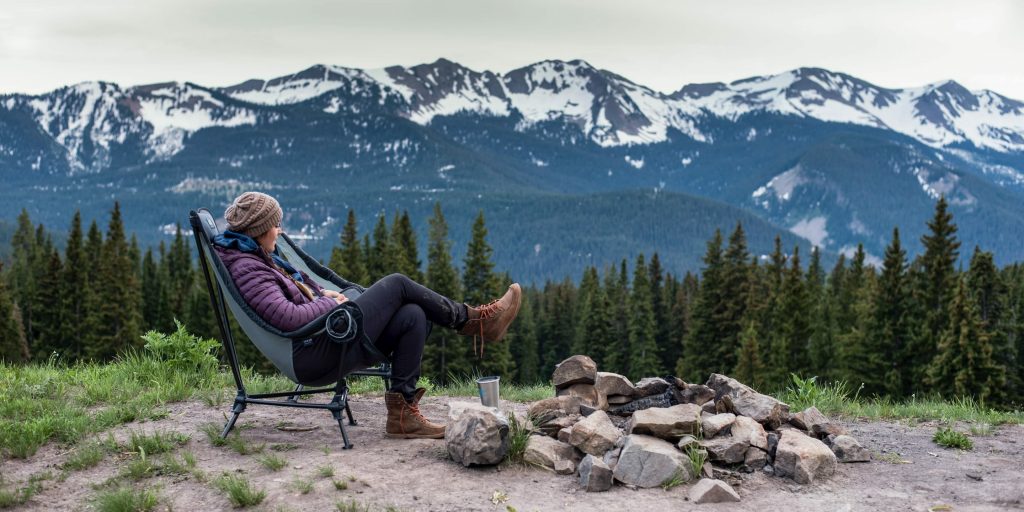
FAQ’s
Q. What do I do if I find trash on the trail?
A. You can pick it up and take it with you or report the litter to park authorities.
Q. What do I do if I see someone else littering?
A. If you feel comfortable, politely suggest to that person that they should pack out their litter properly or at least pick up some of what they dropped and take it with them.
If you’re not comfortable speaking with this person or they refuse to take responsibility, then it’s best to leave the encounter and report them. Let a park ranger know as soon as possible so that this person can be reported for breaking park rules about littering on public property.
Q: How can I be considerate of other visitors?
A: Keep the noise down after dark, avoid disturbing others when in camp and around the trail, and try to camp in areas that are already impacted instead of creating new ones.
Q: What can I do about wildlife encounters?
A: Observe the animal from a distance, don’t make eye contact or approach it -you want to let them know you are there but not threaten them. If they come closer, back away slowly without turning your back on them.
Don’t try to feed wildlife, as doing so can be dangerous for both of you and it’s illegal.
If you encounter a bear, stay calm and never run (running can make them think of you as prey). Make yourself look bigger by waving your arms and speak to it in a low, calm voice. If the bear starts walking toward you, back away slowly but continue facing them so they know you are not prey. If they come closer, stand your ground and use bear pepper spray to scare them off (if it’s available)and look for a place to hide.
Q.Do You Have To Follow Leave No Trace Principles?
A.No, there isn’t always a set of rules for everything out there in nature. But we all share these places together so we should think about our impacts on other people and the environment.
Q.What if You Don’t Want to Follow These Principles?
A.That’s okay too! If you choose not to follow Leave No Trace, it doesn’t mean that you can never go outside again. But we do encourage everyone to give Leave No Trace principles a try because they all make sense and will help preserve nature for us all.
Q.Why We Should Care About Leave No Trace Principles?
A.Outdoor spaces are precious. They’re the places we go to escape our normal lives and get closer to nature. If people continue to use these areas in an irresponsible way, they’ll be destroyed for future generations of hikers, campers, hunters, etc… We all want there to still be beautiful places to enjoy in the future!
Q.What if You’re Not Sure How To Follow Leave No Trace Principles?
A.That’s okay too. When you are unsure, find out what other people do. It may vary slightly depending on where you are and who is managing that land (the Forest Service vs BLM). If there aren’t any people around, ask yourself this question. “If I were to come back here in 15 years, would my trail or campsite still be okay or would I find broken branches, the ground all worn out and muddy?” If your answer is no, don’t do it!
Q. I don’t want to carry out my entire trash from my trip, can I put it in a receptacle somewhere?
A. No! All of the trash you bring with you on your trip must be packed out with you when you leave.
Conclusion
When we think of trails and other outdoor areas, we often picture the living things that live there. The plants and animals are what make these areas so special. Think about the next time you’re outdoors – do what you can to leave only footprints behind!
To learn more, visit https://lnt.org/

